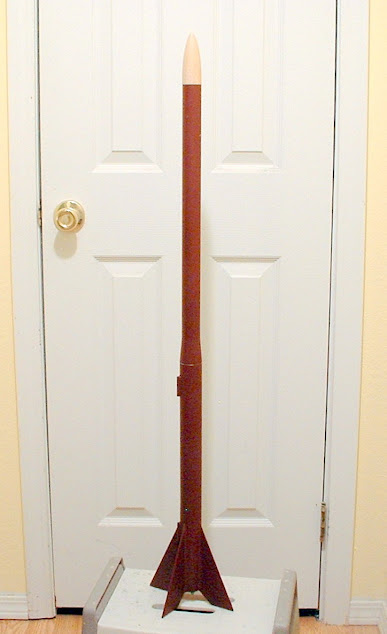What is the relative reliabilty of the various motors, especially in the MPR range? Not just brands, but reloadable vs. single use.
Have had my share of bad luck with Aerotech SUs, never personally had a problem with regular Estes. I see CTI reloads in the smaller sizes are basically the price of Aerotech single use, but it could be worth it to me for improved reliability. Same thing goes for Aerotech RMS, the reloads are cheap but it looks like about 9 flights are needed to break even over SU?
Economy is big with me, but my biggest rocket took over a a month to build ....
Have had my share of bad luck with Aerotech SUs, never personally had a problem with regular Estes. I see CTI reloads in the smaller sizes are basically the price of Aerotech single use, but it could be worth it to me for improved reliability. Same thing goes for Aerotech RMS, the reloads are cheap but it looks like about 9 flights are needed to break even over SU?
Economy is big with me, but my biggest rocket took over a a month to build ....





